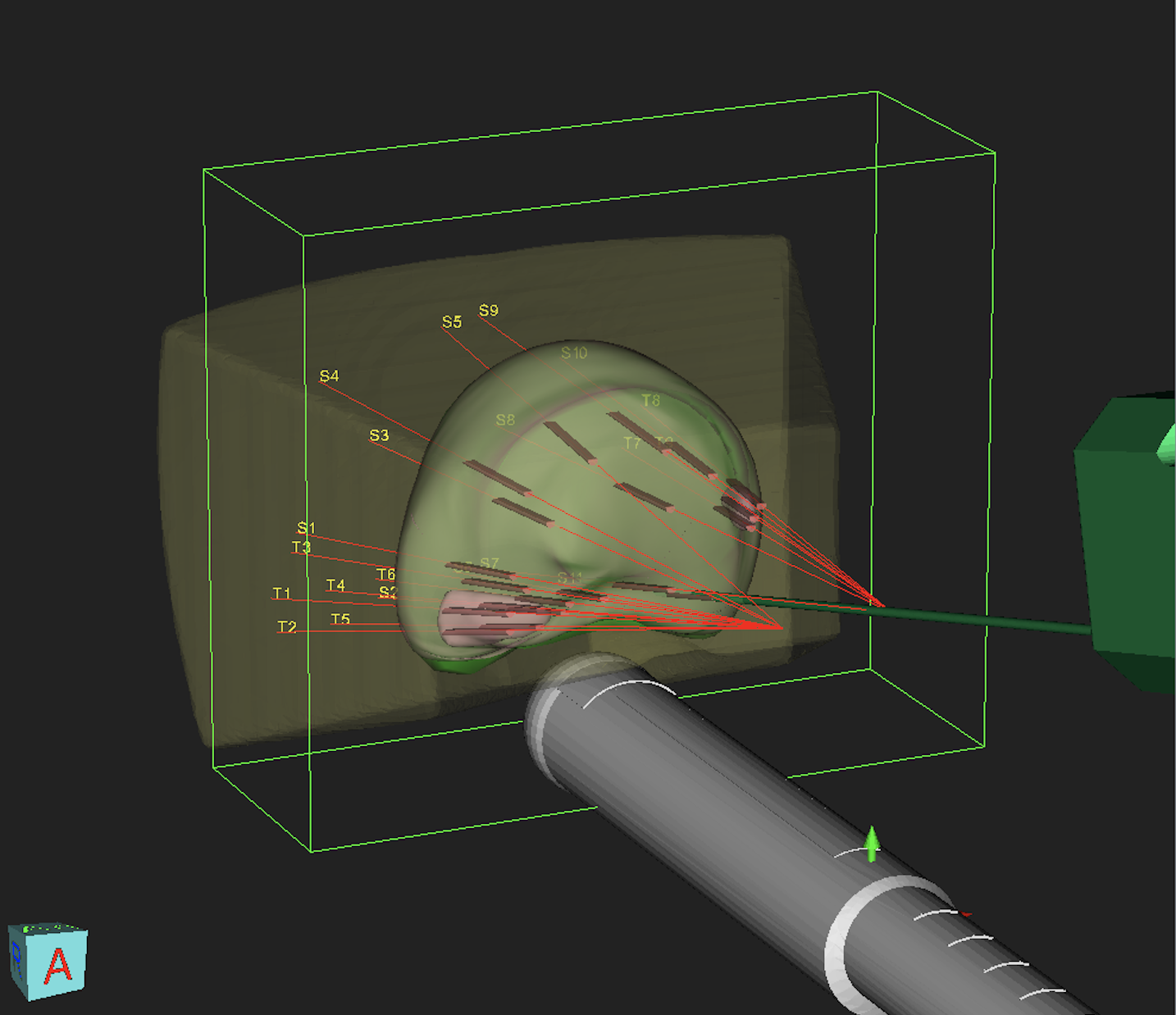Robotic MR Fusion Prostate Biopsy
Prostate cancer is one of the most common cancers in men today. With the development of early diagnosis and treatment methods, satisfactory results are obtained. The diagnostic method that has not changed from the past to the present is the process of taking a piece of the prostate, that is, biopsy. Classical biopsy procedure is performed rectal with ultrasound guidance. The currently recommended approach is to plan multiparametric prostate MR imaging primarily for patients with high prostate specific antigen (PSA) test and/or prostate examination suspicious for cancer. If there is a suspicious area for cancer (PIRADS score of 3 and above) in MR imaging, a fusion biopsy procedure combining MR and ultrasound is recommended. It can be applied under sedation or general anesthesia, preferably from the anus or the area between the legs called the perineum. Recently, perineal fusion biopsies, which have a lower risk of infection, are more preferred. In parallel with recent technological developments, robotic perineal prostate fusion biopsy, which has come to the forefront with its efficiency and reliability, has come into use. By reducing the margin of error with robotic fusion biopsy, the efficiency of targeted biopsies is increased. With this method, the diagnostic accuracy rate increases and repetitive biopsies are avoided.
We believe that the use of robotic prostate fusion biopsy device has an important place in the early diagnosis of prostate cancer for our patients who care about their prostate health. In our clinic, we offer current diagnosis and treatment alternatives to our patients.


